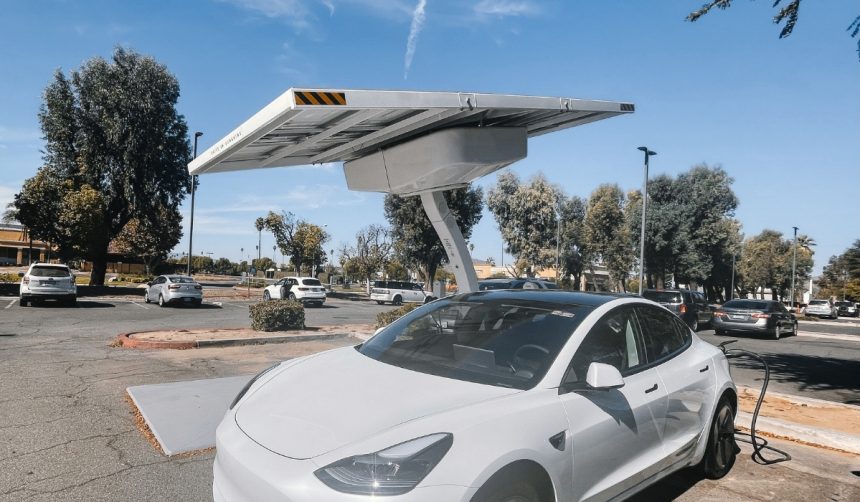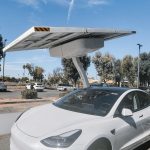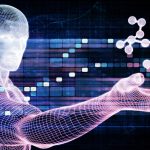In an incident that raises new questions about road safety and technology, a South Australian man and his wife experienced a rare event during their nighttime commute. Their Tesla Model Y, operating with Full Self-Driving (FSD) engaged, was struck by an unidentified object that burst through the darkness and shattered the vehicle’s windshield. The couple credited Tesla’s autonomous system for maintaining control, while fragments of hot glass scattered inside the cabin, filling it with smoke and the smell of something burning. This event has drawn attention from both scientific experts and the automotive community, as meteorite impacts on moving vehicles are exceptionally rare.
Although meteorites have landed on cars before, this instance involving a Tesla Model Y with the FSD system reportedly active stands out for its unique combination of advanced vehicle technology and an unusual celestial hazard. Previous reports about meteorites hitting vehicles have mostly involved stationary cars or lacked conclusive evidence of a meteoritic origin. This case, now under examination, may set a precedent for documenting real-world interactions between modern autonomous vehicles and unpredictable, rare natural events.
What Happened During the Drive?
Dr. Andrew Melville-Smith, a veterinarian, and his wife were traveling along Augusta Highway on the evening of October 19 when an explosive impact suddenly shattered their Tesla Model Y’s windshield. The couple described the experience as completely unexpected, emphasizing the violent explosion that left the cabin filled with glass and smoke. Dr. Melville-Smith recounted,
“The whole inside of the car was literally blasted with glass fragments. It was full of white smoke, and it smelled like the car was on fire.”
The object’s heat was intense enough to partially melt the windshield, leaving a conspicuous crater.
How Did Tesla’s FSD React?
Despite the chaos inside the car, Tesla’s FSD (Supervised) feature continued managing the vehicle’s movements, ensuring that the car stayed on course even as its occupants were stunned and the interior filled with debris. Dr. Melville-Smith noted,
“We were moving around, so it obviously thought we were paying attention, and it was happy to keep driving to Port Augusta.”
The FSD system, designed to require driver supervision, continued to function until the couple pulled over safely.
Will Scientific Analysis Confirm a Meteorite?
The South Australian Museum is leading the investigation into the nature of the object that struck the car. Geologist Dr. Kieran Meaney cited scorched and melted glass as indicative of a high-temperature impact, potentially consistent with a meteorite. However, confirmation awaits the discovery and analysis of any physical fragments. The case has sparked interest due to the possibility of it being the first Tesla to be hit by a meteorite while using FSD.
Incidents involving Teslas and external hazards have previously centered on issues related to the company’s Autopilot or FSD technologies—such as potholes or road debris—rather than extraordinary cosmic events. The combination of a self-driving system operating as a celestial object strikes the vehicle has not been widely documented, setting this episode apart from both Tesla history and meteorite strike records. Discussions continue about how vehicles with FSD capabilities address such unexpected threats and what this means for future road safety technology improvements.
When an unexpected event like a suspected meteorite impact intersects with everyday technologies, such as Tesla’s Full Self-Driving system, unique challenges and learning opportunities arise for engineers and researchers alike. While confirmation of the object’s origin is still pending, this case highlights how autonomous vehicle systems respond to unpredictable dangers. For drivers, staying aware and ready to take control remains essential, particularly when highly automated vehicles confront rare hazards. Looking forward, this incident may encourage further studies on the resilience of automotive glass to high-temperature impacts and help refine emergency protocols for autonomous driving software in truly unusual situations.










